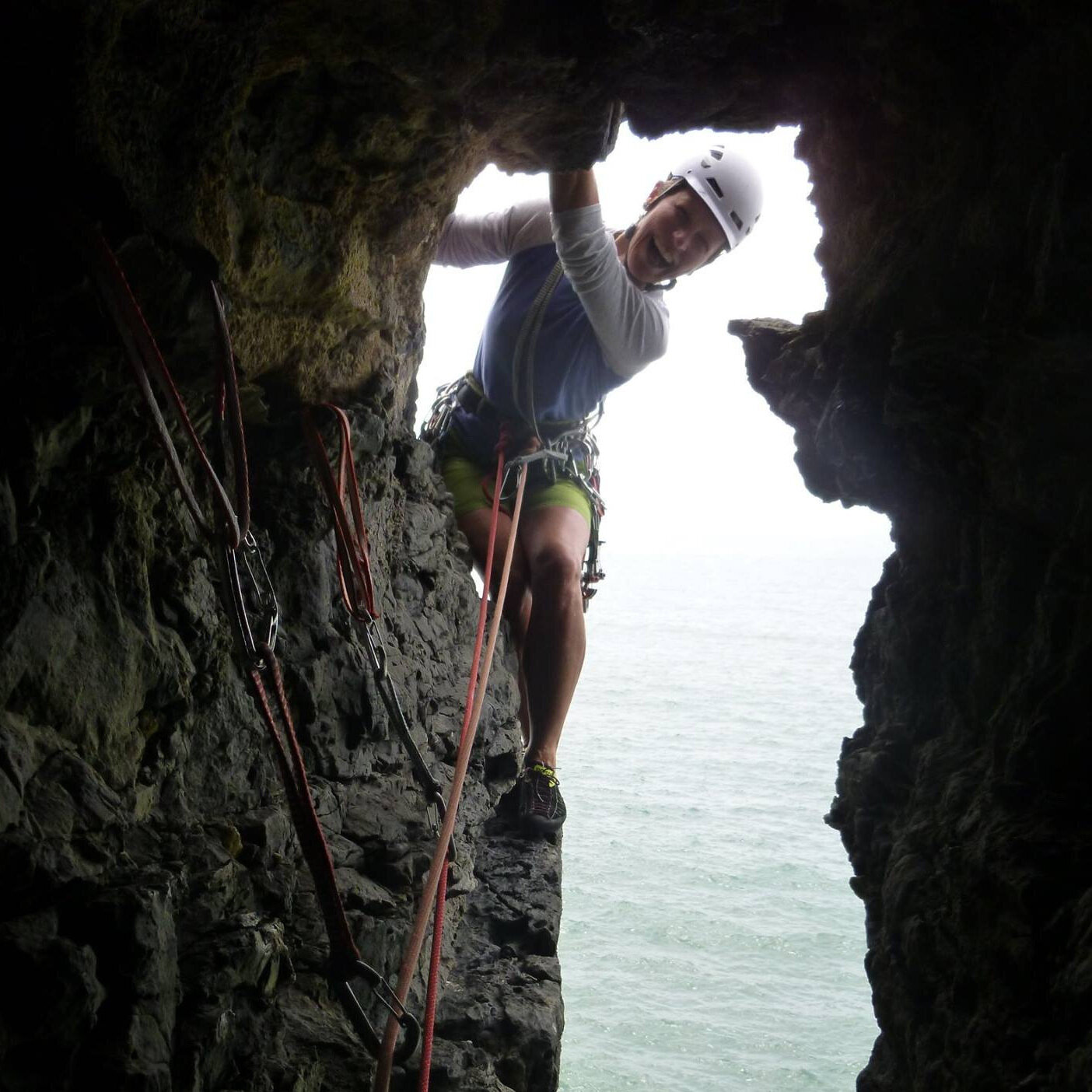Women climbing with women
In the 1920s, when the Pinnacle Club was founded, women were very much a minority in the outdoors, let alone climbing. Most climbing clubs were male only, and women tended to be viewed as secondary partners at best. The ethos of the club — to “foster the independent development of rock climbing amongst women and bring together those interested in the pursuit” — provided an opportunity for women to develop skills in the mountains and in life.
Why a women’s club?
Emily (Pat) Kelly founded the Pinnacle Club in 1921 because, as a member of the Fell & Rock Climbing Club of the English Lake District, she felt she and other women members weren’t given the chance to take the lead on climbs. The objectives of the Pinnacle Club were (and still are) to foster the independent development of rock climbing amongst women and bring together those who are interested in the pursuit.
There’s undoubtedly a different dynamic when climbing with men. It’s good to do both, but a ‘cordée feminine’ (‘women’s rope’) has advantages.
“‘You should join the Pinnacle Club’. The suggestion came out of the blue, and I wasn’t sure whether it was kindly meant, or whether the speaker merely wanted to get rid of me
[In 1965] it came as a very unpleasant surprise to find that the lads in the University Club refused to include me in their plans. Sure, they had a deliberate policy of burning off females who tried to join in any of their more serious activities, but I had long ago proved that I could keep up with them in the hills (and in the drinking afterwards). Now, they sheepishly persisted that they would “feel responsible for me”. What a cop out. They could be gauche, oafish, and deliberately uncouth, but they were my only climbing mates and I felt very let down.
Enter Bob with his bright idea. He drove me to a nice residential area in Upper Bangor, and pushed me out at the entrance to a big house set back from the road. This was where Charles and Denise Evans lived. Charles was then Principal of Bangor University, and Denise was a keen climber, and member of the Pinnacle Club. I felt rather intimidated, but luckily came across Denise and her mother Nea outside in the garden before I could change my mind. They immediately understood my problem, and the rest of that long sunny afternoon passed in a golden haze of mountaineering talk. Yes, of course I must join the Pinnacle Club, but in the meantime, how was I going to spend the summer?” — Helen Jones, The Answer to a Maiden’s Prayer, Pinnacle Club Journal no, 28, 2009-2011
> Read the journal article (PDF - opens in a new window)
Pictured: Helen Jones and Denise Evans on Tryfan in 1978. Credit: Denise Wilson
And then some of us have children
...which can make climbing/life balance more difficult — and provide climbing partners! It helps that there are other members with children; we have family meets. There have been famous mother/daughter climbing pairs, such as Nea and Denise Morin. Today the club has daughters and granddaughters within it. And some of us don’t have children and are happy with it.
Pictured: Ann and Emily Blandford learning the ropes together in 2004
Not all intergenerational teams are related to each other
When we start out we can take inspiration from older members; later, we can hand on that inspiration to the newcomers.
And not all family pairs are mother-daughter, or siblings. One tradition maintained since the early days of the club has been as a safe space for same-sex relationships.
Pictured: Hilary Lawrenson and Jessie Leong, Bosigran, Cornwall, in 2017. Credit: Jessie Leong
Many aspects of life are radically different for women now compared to 1921, or even 1965
We‘re frequently challenged about the continued existence of a women-only club in the 21st century in an age of equal opportunities.
Various statistics, from British Mountaineering Council membership, to the number of mountaineering instructors, to the members of the Climbers’ Club, indicate that the number of women participating in climbing is still significantly less than men.
Whatever an accurate figure might be, women are still under-represented in the sport — particularly in trad climbing — and the Pinnacle Club, in a small way, helps to inspire women to develop more than they might otherwise do while having fun and being part of a supportive and energetic community along the way.
Pictured: Pinnacle Club members on Crazy Pinnacle, Tegness Quarry, 2015. Credit: Ann Blandford
The Pinnacle Club has both hosted and joined in with larger women-only events over the years
The first Pinnacle Club/BMC international meet in 1984 included some of the world’s leading women climbers, who came to North Wales for an amazing week of notable ascents. The repeat event in 2016 saw around 80 women over the course of the week, with 22 guests from around the world and many UK guests coming to a Pinnacle event for the first time.
Some of those guests took the idea in another direction and founded the highly successful Women’s Trad Festival, for women starting out on their climbing journey, which club members have supported since it started. We have also taken part in the Women’s Climbing Symposium and Rendez vous Hautes Montagnes over the years.
Pictured: Hazel Lewis and Alison Cairns at the 2019 Women’s Trad Festival. Credit: Jessie Leong.
What some of today’s members say:
“There’s such a different dynamic when you’re climbing with other women – more supportive and patient. That’s not to say there’s no competition amongst your peers, but it is often quite subtle.
I used to climb almost exclusively with my husband, who was a more experienced climber than myself, having started many years before I did. It was all too easy to let him dictate what we climbed and take responsibility. After joining the PC my grade crept steadily upwards over the years in this supportive environment.”— Hilary Lawrenson
“I am continually inspired by the club's history of independent women defying the expectations of society to achieve amazing things against the odds and I want to be part of that history. I also value the opportunity to climb without the social assumption of inferiority, which undermines women's aspirations and reduces one's personal expectations, self-esteem and confidence. Many women (most?) still lack confidence in a mixed gender context — modern women still need consciously to recognize their own strengths to have the confidence to go out there and emulate the achievements of our PC forerunners.” — Val Hennelly
“My working week is spent with women whose weekends are centred on far more ‘traditional’ activities (shopping, cinema, meals out, walks in the park) and they simply don’t ‘get’ climbing and the life associated with it. I want to spend time with women who share the same values as myself and the Pinnacle Club gives me just that.” — Alison Cairns
Audio stories:
Denise Evans and Nea Morin on Nea (VS). Credit: John Cleare.
Alison Cairns on Lost in Space, HVS, Pembroke. Credit: Hazel Jones.
Jill Croskell on Bamford Rib (HVS), 2006. Credit: Nikki Smith.
Sheila Cormack and Stella Adams at the International Womens Meet in 1984. Credit: Ian Smith.
Jill Lawrence and Gill Price, Raven Crag, Thirlmere, Cumbria in 1984. Credit: Border Television.
Sally Macintyre climbing in Jordan. Credit: Tom Prentice
Photo gallery
Click to move through images.
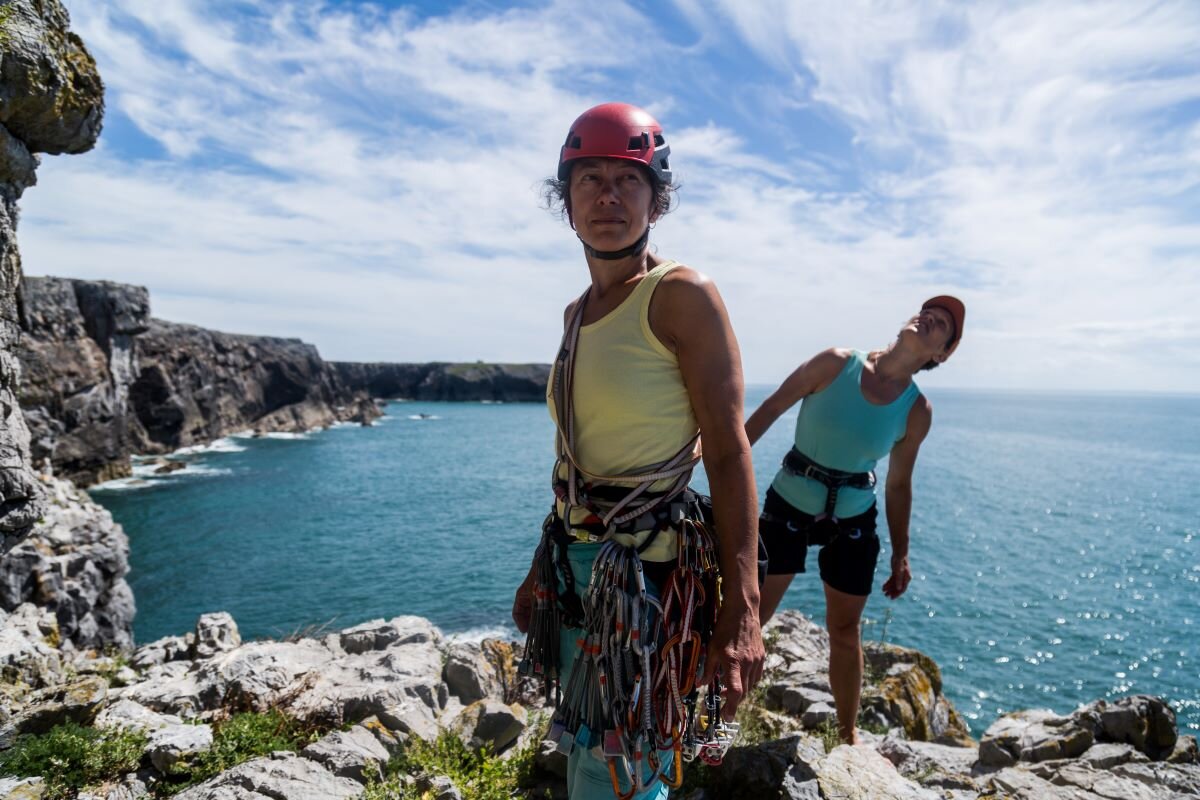





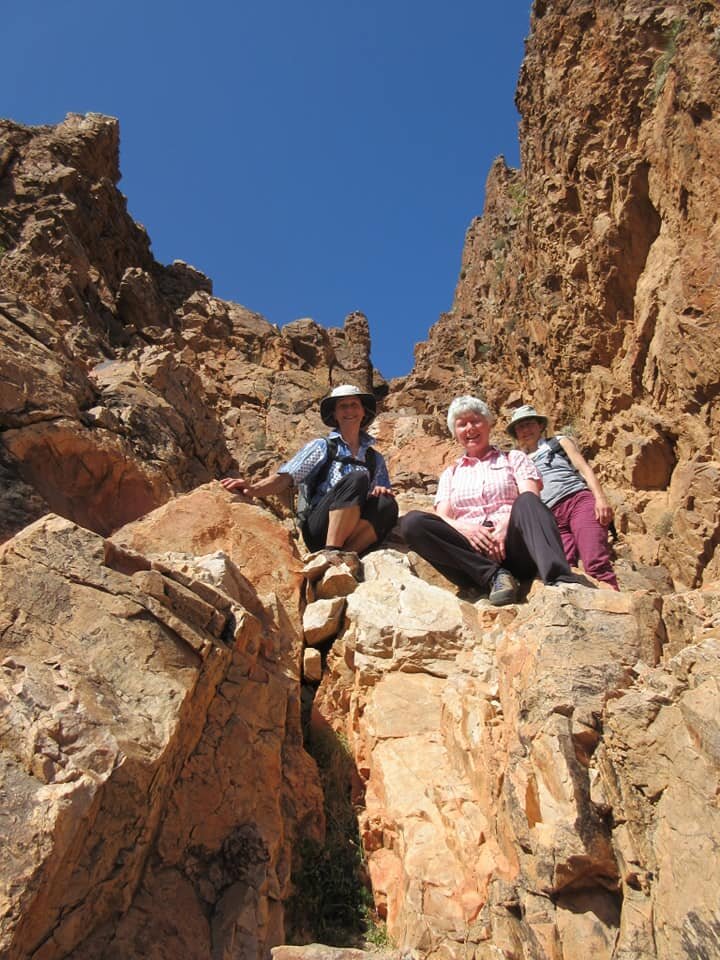



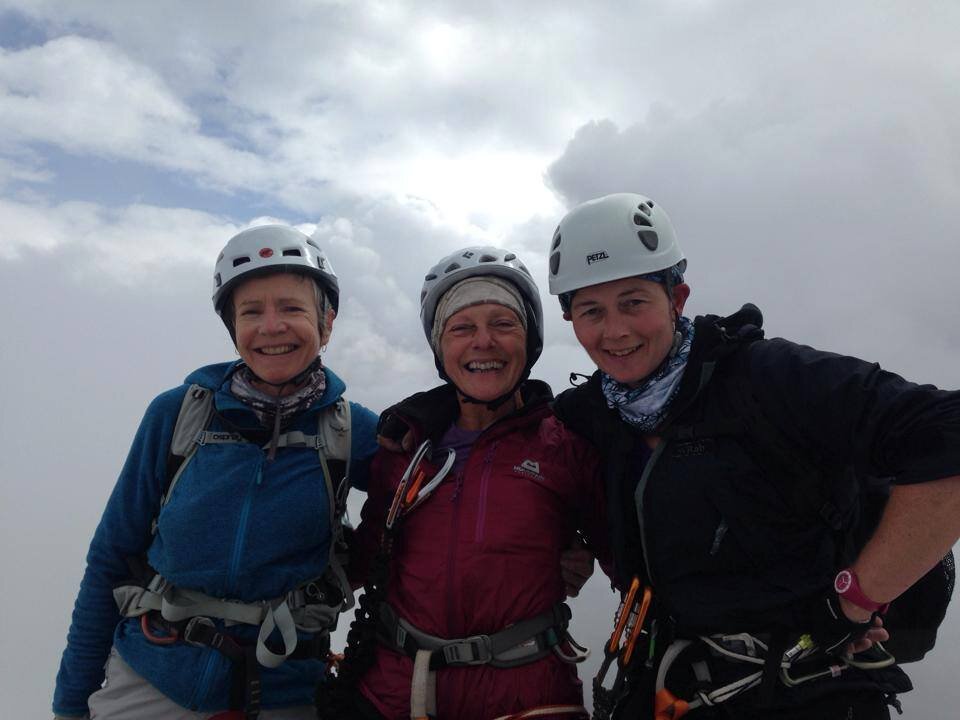

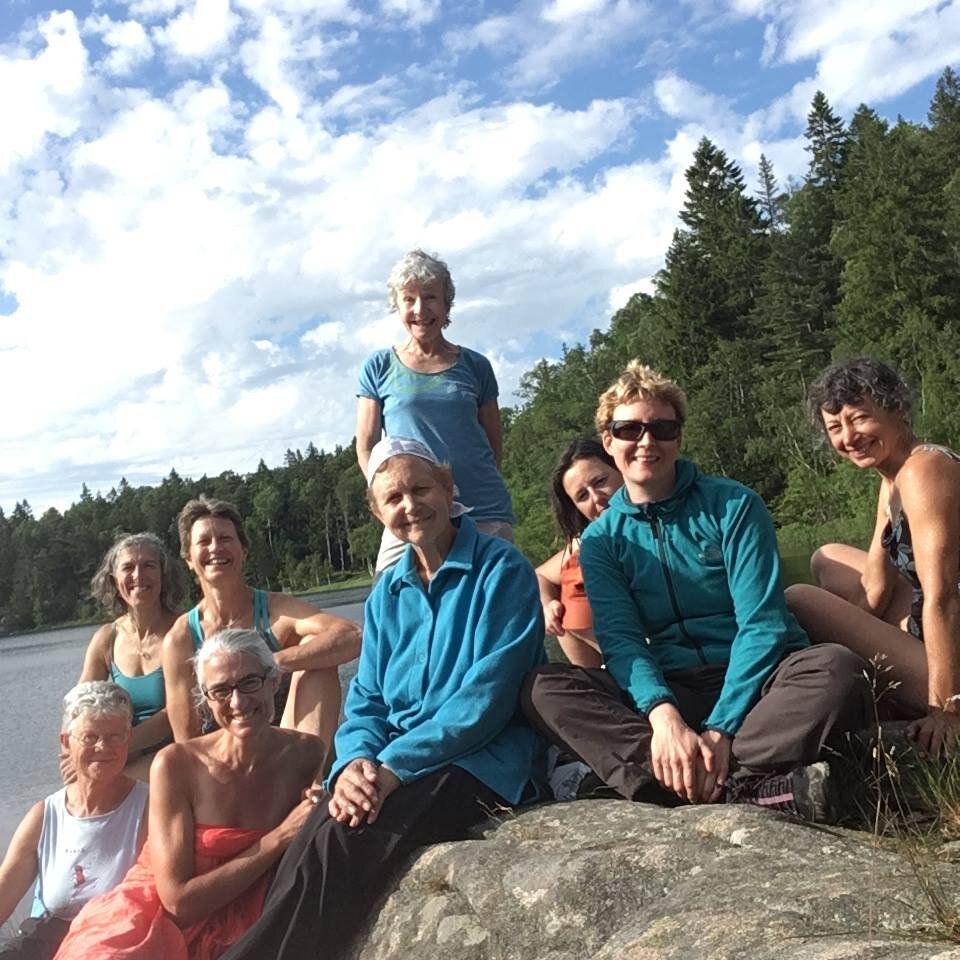
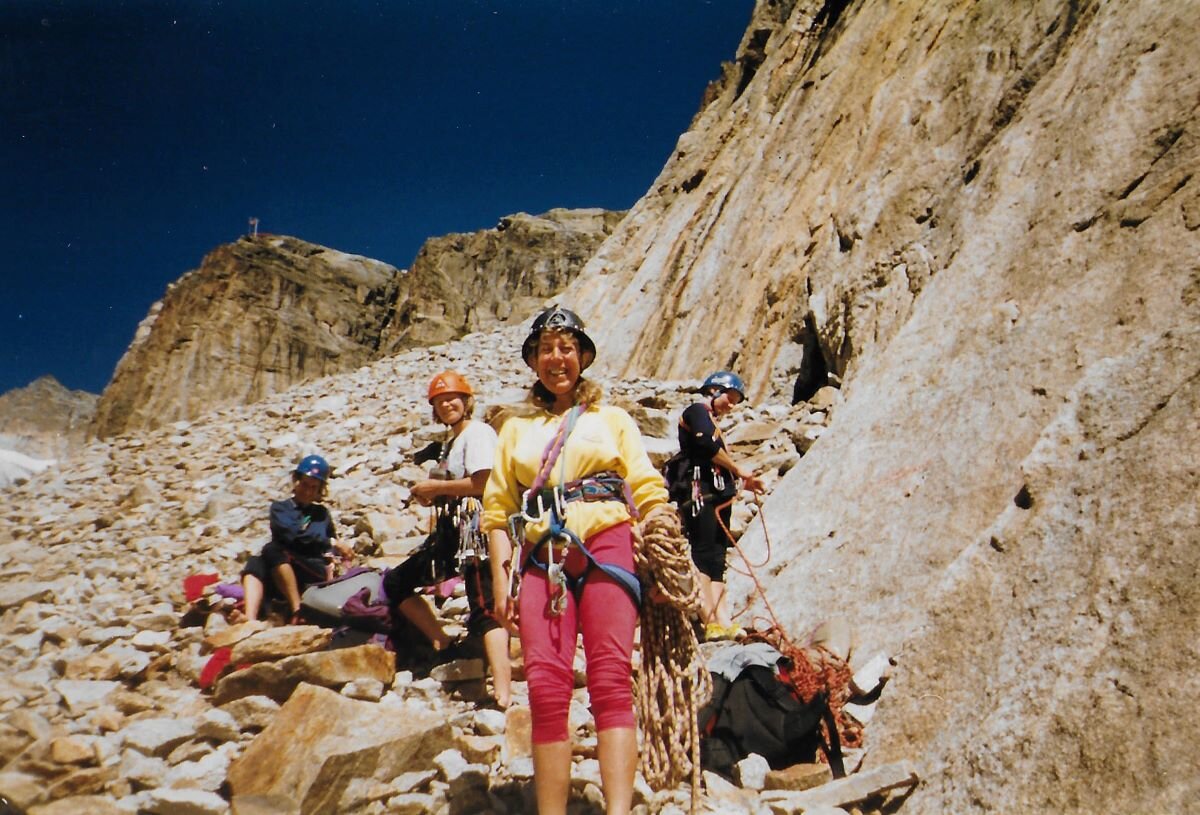
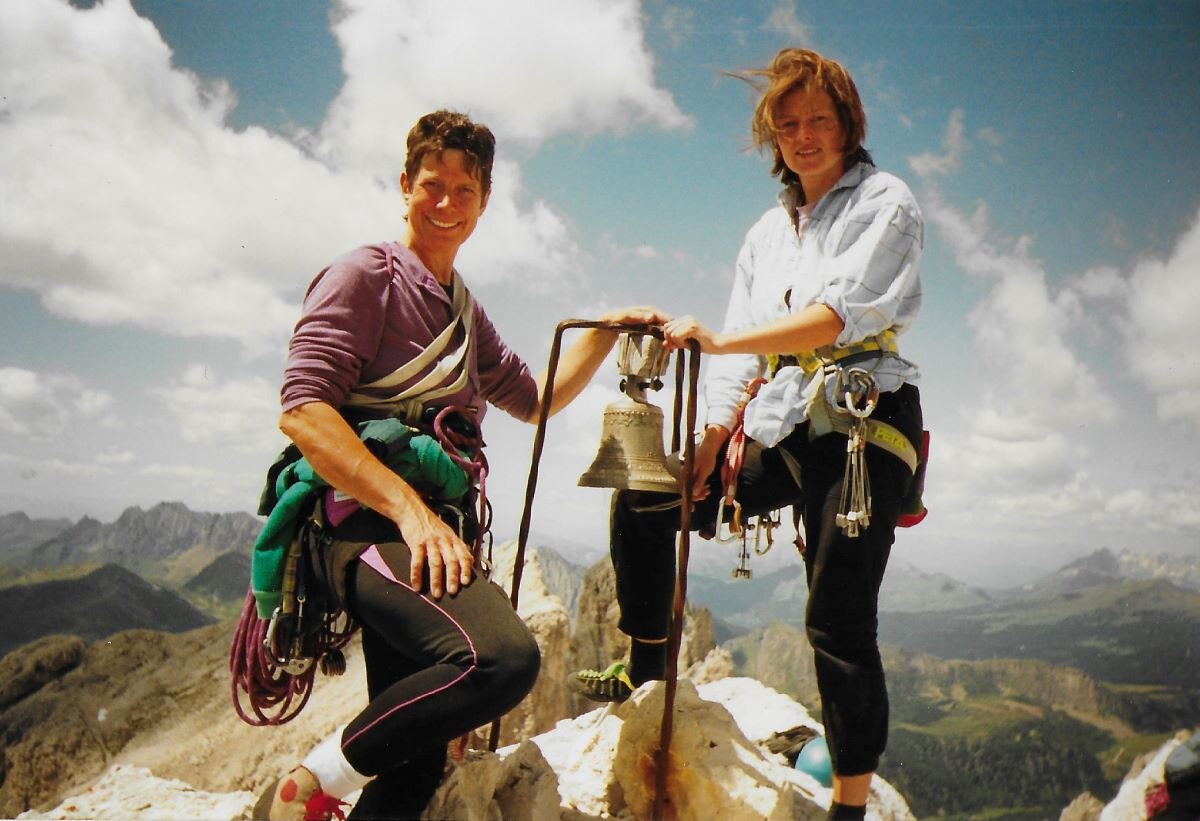

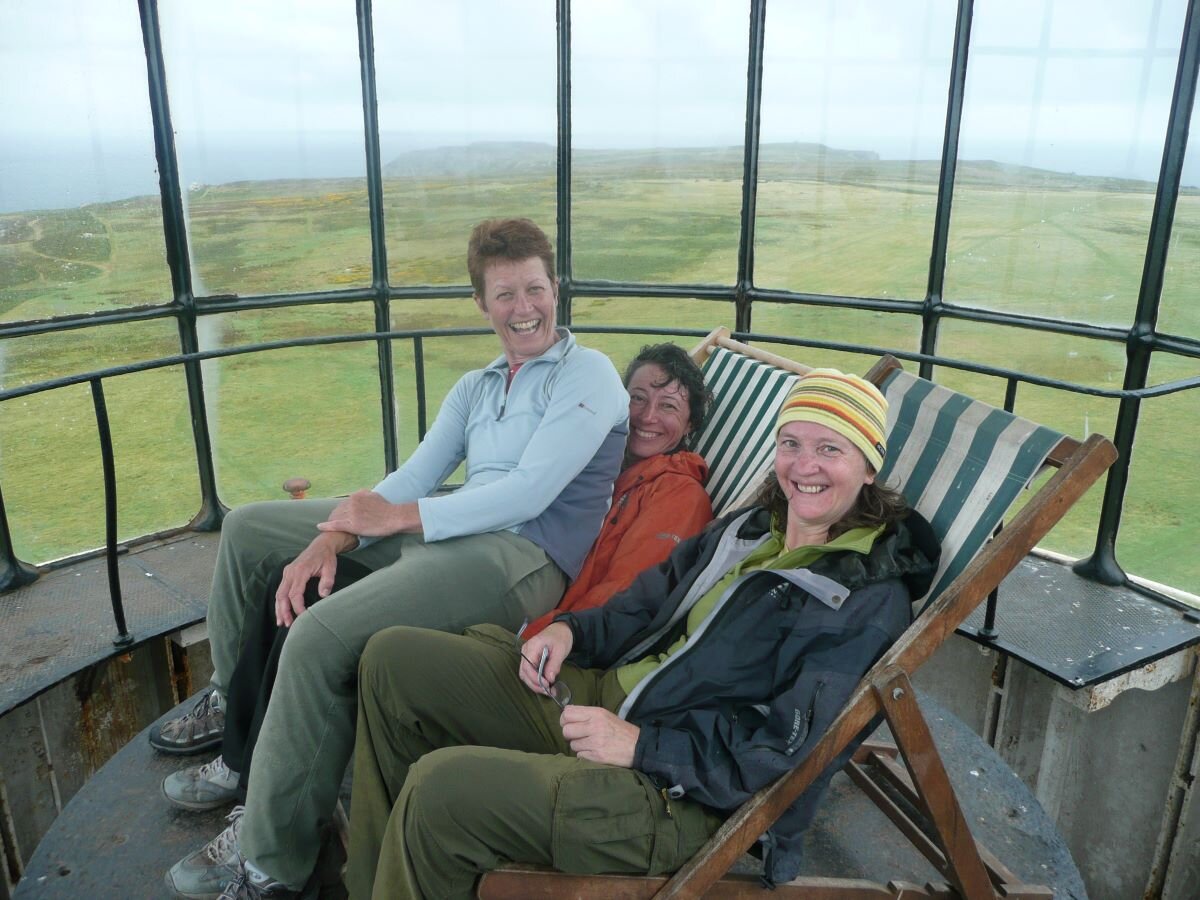
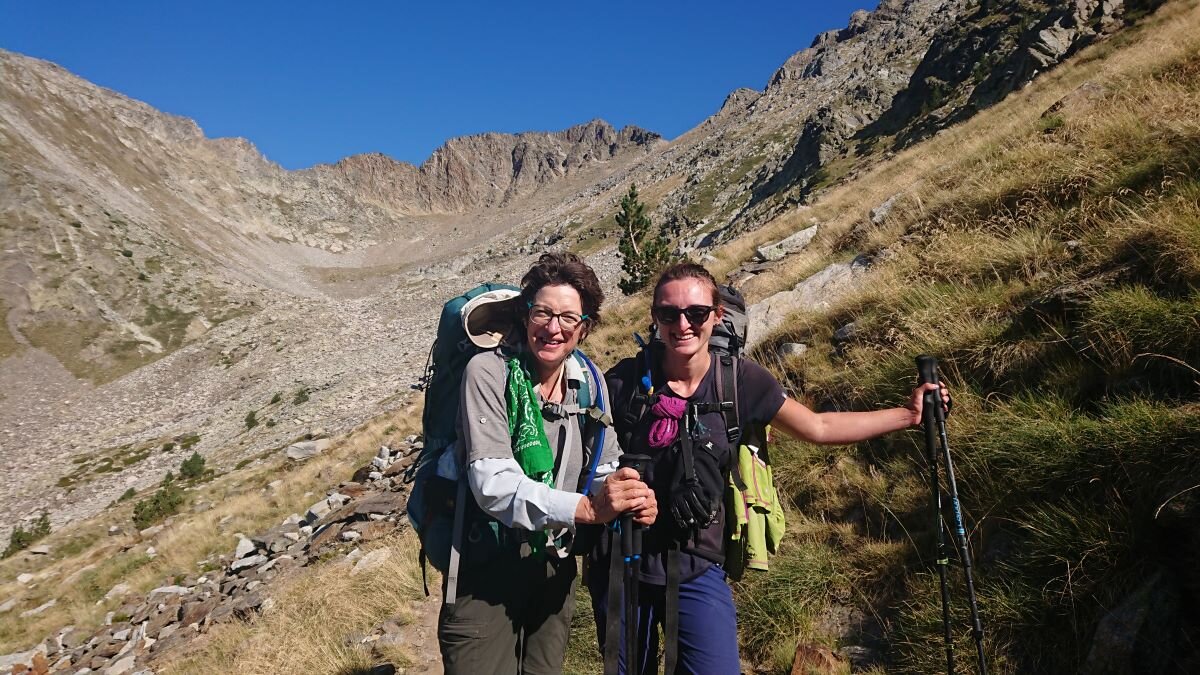
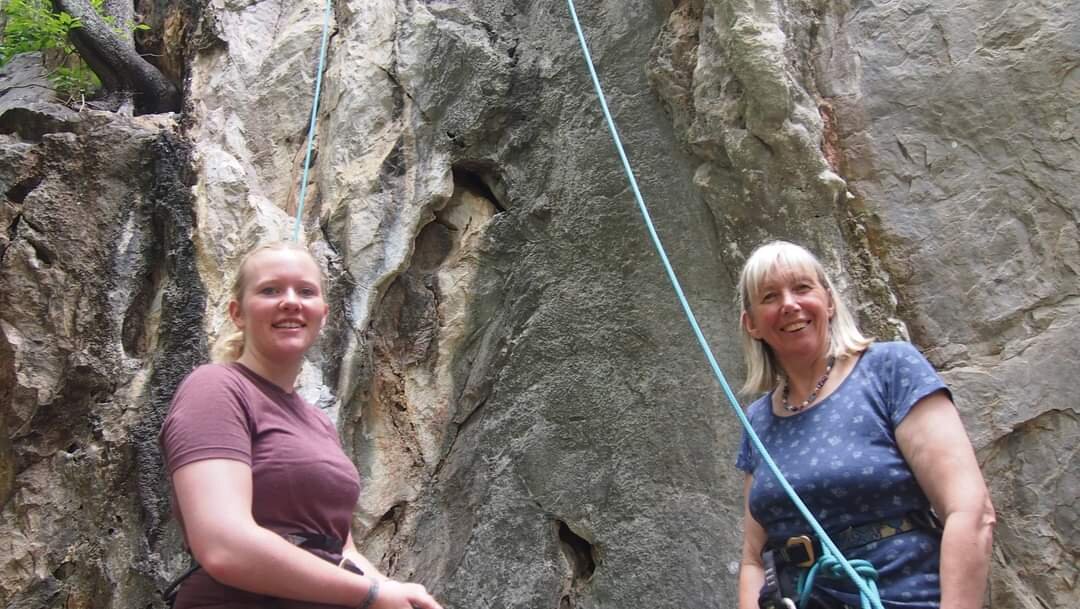



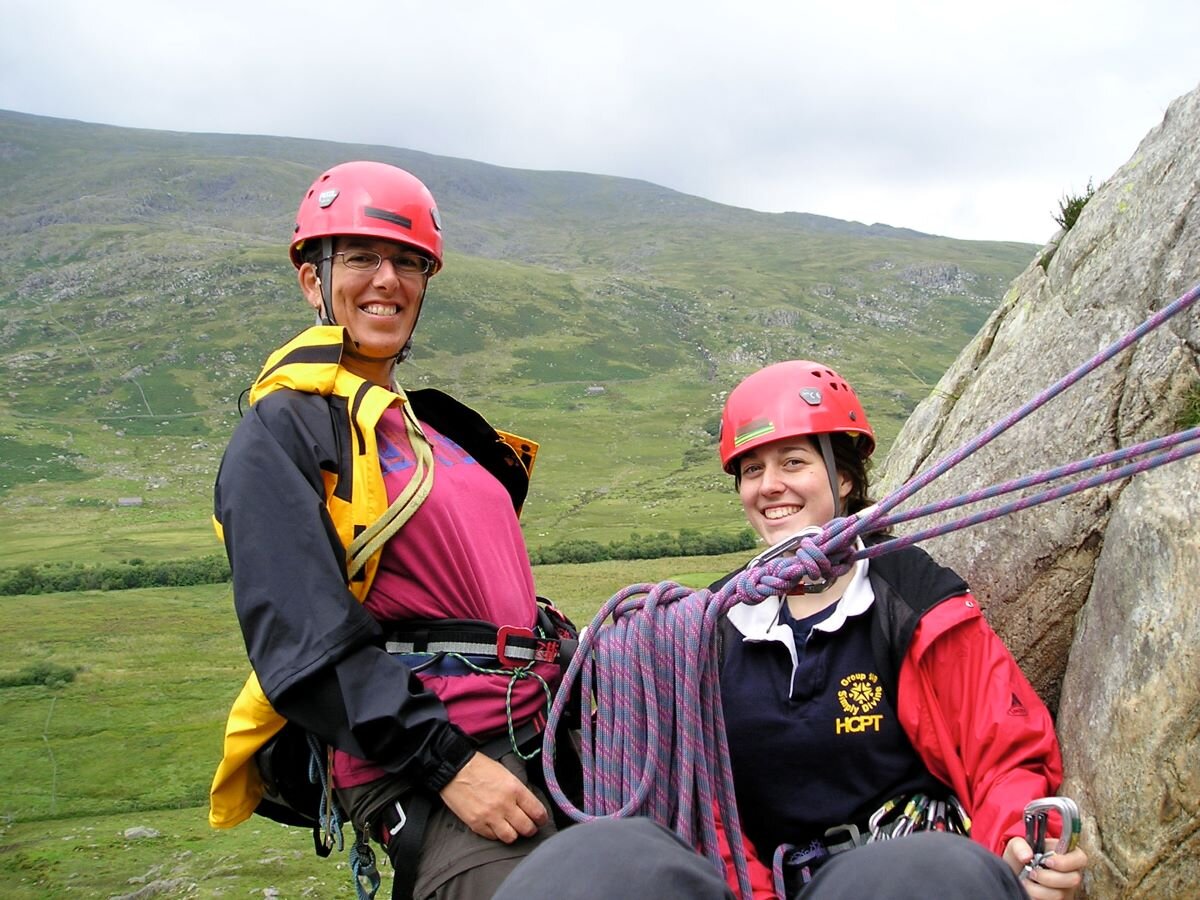


![Womens Trad Festival -19-Jessie_Leong-[F79A4506]a.jpg](https://images.squarespace-cdn.com/content/v1/5e30984cd4be6126d4f602a7/1616187657090-QEH4Q6GFUNL4M76DNP82/Womens+Trad+Festival+-19-Jessie_Leong-%5BF79A4506%5Da.jpg)

